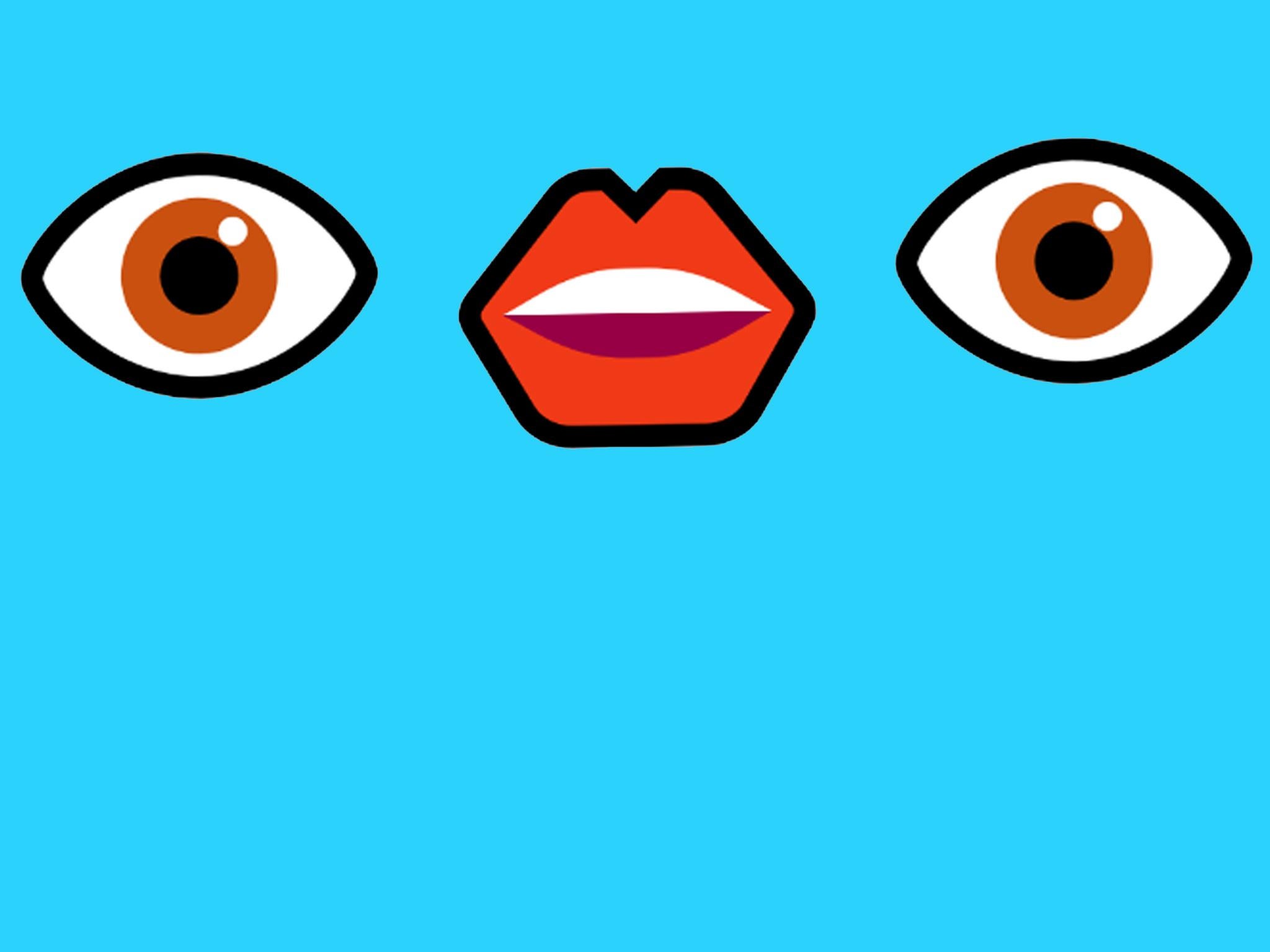Why is everyone is talking about a strange face emoji?
The emojis appear to be a marketing stunt for a new website, called 'It is what it is'

Your support helps us to tell the story
From reproductive rights to climate change to Big Tech, The Independent is on the ground when the story is developing. Whether it's investigating the financials of Elon Musk's pro-Trump PAC or producing our latest documentary, 'The A Word', which shines a light on the American women fighting for reproductive rights, we know how important it is to parse out the facts from the messaging.
At such a critical moment in US history, we need reporters on the ground. Your donation allows us to keep sending journalists to speak to both sides of the story.
The Independent is trusted by Americans across the entire political spectrum. And unlike many other quality news outlets, we choose not to lock Americans out of our reporting and analysis with paywalls. We believe quality journalism should be available to everyone, paid for by those who can afford it.
Your support makes all the difference.People on Twitter are posting three emojis to signify the launch of a new, strange website.
The emojis, an eye, a mouth, and another eye, seems to signify the phrase “It is what it is.”
The emoji combination grew in prominence on TikTok.
Typing the emoijs, followed by “.fm” into a browser, will surface a placeholder site.
It remains unclear what this marketing stunt represents.
What do the emojis mean?
The eye-mouth-eye emoji seemed to start as a meme from 2019, related to a video called “Some of y’all bouta be real mad at me”.
The woman in the video, which lasts for 49 seconds, says that people need to stop blaming “Twitter, black men, and society” for their problems.
Viewers commented with the emoji combination, saying they looked similar to the woman talking in the video.
Since then, the emojis have become a TikTok meme, commented on videos to reflect their cringe or embarrassing content.
Why are people posting them?
Recently, a Twitter account and corresponding website called “it is what it is” (@itiseyemoutheye) was launched.
The account uses the emoji as part of its web domain, and asks users to submit their email address.
When they do, they receive this message: “yay your email has been submitted!! follow us @whatitisfm 👁👄👁”
“share on twitter for special treatment 😉”
“ps don't forget to add 👁👄👁 to your twitter name”
It is unclear what the website is used for.
Researcher Jane Wong tweeted that she got a test of the app, saying the app is "pretty well-built. it is what it is".
In a tweet, the account suggests more information will be revealed at 19:00 Pacific Standard Time, or 03:00am on 27 July in the UK.
The independent has reached out to the website for clarification.
Have emojis been used as domain names before?
Using emojis as domain names is not a new idea. The first emoji domain name was registered in 2001.
The popcorn emoji, two hot spring emojis, the Campaign for Nuclear Disarmament, and the ‘male’ symbol emojis were all registered that year.
However, when users reach the websites, the URL replaces itself with strange text that begins “xn—”.
This is because only ASCII characters (made up of 128 symbols in the character set) could be used to register a domain name., As such, the Unicode language, which allows emoji, needs to be translated into ASCII.
That is why the web domain for "👁👄👁.fm" translates to “https://xn—mp8hai.fm/”
Whether this is a helpful URL is debatable. It is hard to differentiate “https://xn—mp8hai.fm/” with “xn—mp8hai.ws” (a test website) or “https://xn—mp8hai.to/” (a 2020 CSGames qualification site).
However, this could change if URLs are updated to make emojis visible, as they are in messaging apps.
This will likely be a challenge. While emojis are commonly used on phones, Twitter and Apple's iMessage do not recognise the URLs, nor does Chrome and Firefox. Apple's Safari browser, Facebook, and Gmail, however, reportedly do support the emoji URLs.
Also, much like the standard URLs, it can be difficult to differentiate emojis. The "👨" and "👨🦰", emojis, for example, are visually similar apart from the change of colour and users might not be able to tell them apart on a small screen.
Emoji domain names are available to purchase for anywhere between $9.99 to $169.99 for commonly used emoji, such as the pizza emoji with a “.fm” domain.
Domain names that end in “.ml” are usually free for one year, with “.ws” and “.to” costing more, and “.fm” being the most expensive.
Join our commenting forum
Join thought-provoking conversations, follow other Independent readers and see their replies
Comments